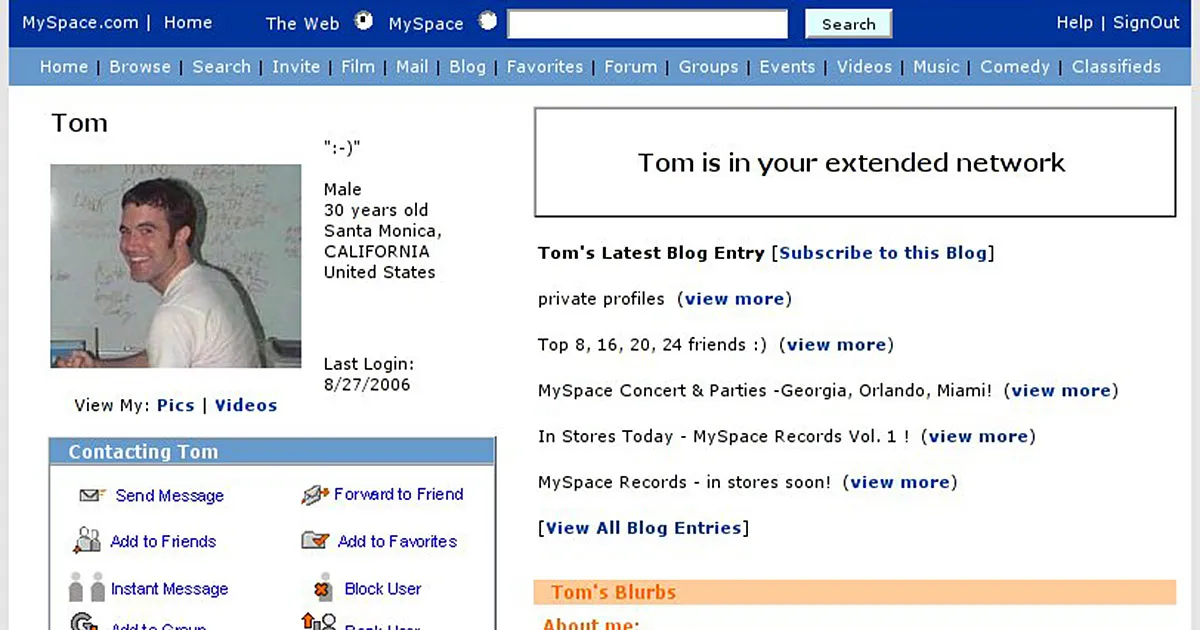The Internet
Web 1.0 & 2.0
The early days of Internet growth are now commonly called the Web 1.0 period.
Web 1 websites were generally static or read-only, a computing term that means you can view information but can’t create, edit _or _delete it.
An example of a popular category of Web 1.0 websites was the many “web portals”. These sites were “one-stop shops” that contained information on various topics, including news and entertainment. While they had content for users to consume, that’s all they could do – consume.

The early 2000s brought in the next revolution in the web with the start of the Web 2.0 period.
Web 2.0
With Web 2.0, we moved from read-only to read-write, as new technologies allowed websites to become interactive and users to create content. This led to a huge explosion of growth in the social web and user-generated content (UGC) products that have come to dominate Web 2.0, starting with apps like MySpace and moving on to Facebook, YouTube, Instagram and TikTok.